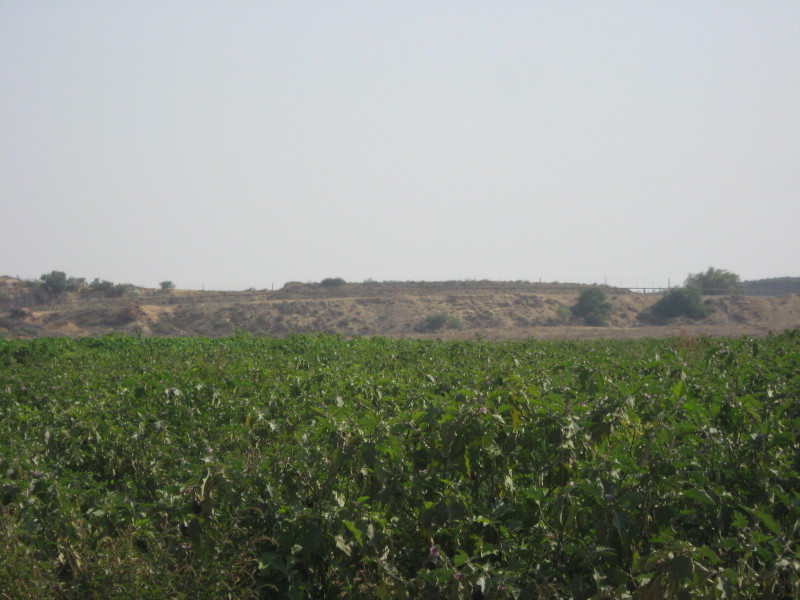Tag: Buffer Zone
-
VIDEO: Land Day, Gaza Strip
27th March 2014 | International Solidarity Movement, Marco Varasio | Gaza, Occupied Palestine On Land Day, 2014, the Union of Agricultural Work Committees in Beit Hanoun, Gaza marched toward the separation barrier in the “no-go zone.” Israeli occupation forces fired tear gas canisters to break up the peaceful demonstration. Two people were overcome by the…
-
Threats of lethal Israeli violence stop a weekly demonstration in the Gaza Strip
5th March 2014 | International Solidarity Movement, Charlie Andreasson | Gaza, Occupied Palestine The regular Friday demonstration at the “buffer zone” east of Jabaliya was stopped by Palestinian police and security forces. The Israel had send a message via Egypt to the Palestinian authorities in Gaza that it would not tolerate any demonstrations and that it intended…



